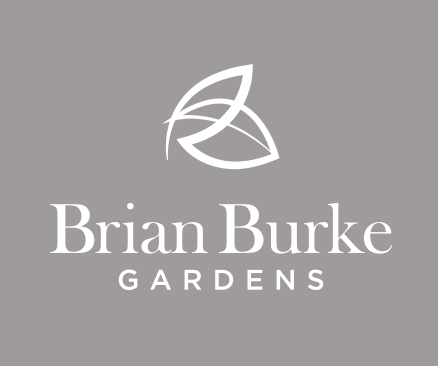Regular readers will know by now that a prime concern of mine is the dearth of sincere human interaction created and reinforced by our built environment. I have touched on the grim reality that most of us live in a version of a suburban environment that differs little from the seventy year old prototype. It is possible to make the case that, at best, this built environment being plainly no longer fit for purpose reinforces social isolation and ,at worst, contributes to depression and mental illness.
 |
| Reimagining Your Neighborhood |
I have touched upon the role of horticulture and horticultural therapy to alleviate all manner of ills. The role that exposure to the outdoors has to play ,for example, in expediting the recovery of patients from serious illness and surgical procedures is well known.
Might the reimagining of suburbia that I and others are advocating be viewed in conjunction with a more pivotal role for plants, more imaginative deployment of public spaces, allotments, self planted woodlands, foraging trails, green walls, green roofs, living fences, wildlife hubs, insect colonies, living ponds,edible planting schemes. These are not new ideas. Reprioritising and reimagining the role that they have to play in the greening of our common spaces and the socialisation and education of this and successive generations are new ideas.
I recently contributed the final chapter ‘The Green Heart of the Community’ to a book entitled ‘Reimagining Your Neighborhood’ which has just been published in the United States. Don’t let the missing “u” put you off, this may be an American publication but its message fits every bit as snugly into an Irish context. We too live in a version of suburbia that delivers little of what the pioneers envisioned. In this twenty first century I can’t think of any other realm wherein we would tolerate such stagnation.
The book could just as easily be talking about Dublin Ireland as Dublin Ohio, Virginia Co. Cavan as Virginia USA. Stark and frightening are the similarities, revelatory and inspiring are some of the remedies being proposed by the twenty two contributors here. What it illustrates is that our built environment can be retrofitted and repurposed to offer a shot at redemption for four generations of opportunities missed.
What I imagine to enhance the suburban landscape naturally has a horticultural emphasis but not exclusively so. My ideas are closely aligned to the philosophy of the New Urbanist movement in the United States who have long advocated dispensing with the wide streets, reintroducing the grid system, relegating cars and parking garages to the rear of houses, scaling down sprawling front gardens and generally ridding ourselves of this toxic idea that each development is a standalone entity unconnected to what is existing and with no regard to potential socialisation and inclusion of residents into a wider societal context.
Our land ownership, zoning and planning models lend themselves to successive developments being regarded as islands unconnected physically or spiritually to anything which has gone before or which may come after. As a consequence we see our suburban built environment mirroring the hodgepodge patchwork of the farmer’s fields that they now occupy. Six foot high dry dashed concrete block walls are the new hedgerows.
There is so much progressive thinking out there in the realm of public transportation, pan generational consideration, diversity of housing stock and dwelling types themselves, creation of community hubs or fulcrums from which socialisation naturally emerges. In an Irish context the potential for anti-social behaviour is continually held up as the reason for not bothering with the creation of community pivot points. The potential for more detrimental longer term problems as a result of social exclusion and anonymity caused by not even trying are what we should be focused on. We live in a country with more members only golf clubs than municipal children’s playgrounds. This is plainly nonsense.
For many of us a lifestyle which is in clear conflict with the human being’s instinctive need for contact, interaction and connection appears to have evolved. The good news is we can press the reset button any time we want.
If we want………

Leave a Reply